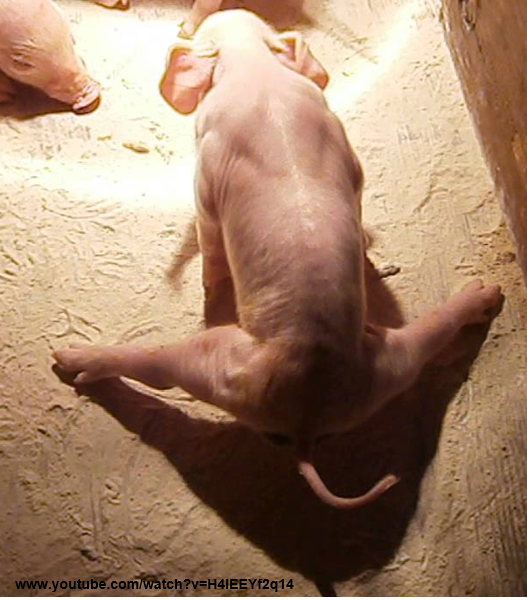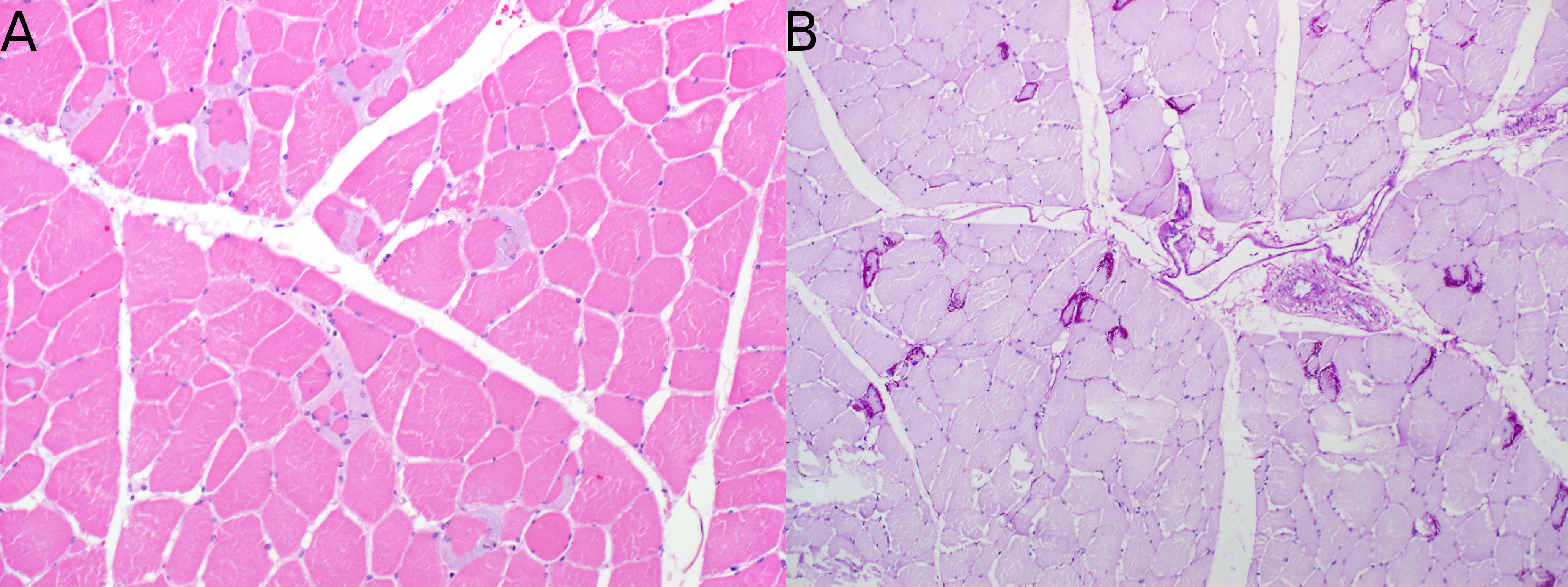2.1 Primary central nervous system conditions
Muscles of the developing embryo require normal innervation in order to develop properly. Lack of normal innervation can lead to atrophy or replacement with fibrous connective tissue. Recall that motor neurons release trophic factors at the motor end plate that are critical to the health of skeletal muscle . Conditions that primarily affect the motor neurons, therefore, can have significant effects on skeletal muscle.
2.1.1 Arthrogryposis
Arthrogryposis refers to the abnormal angulature of the limbs (arthro: joint; gryposis: abnormal curvature). As you might expect, this condition is evident immediately at birth, and can affect one or more limbs in a multitude of different ways: they may be rotated, curved backwards or forwards, or abducted. The curve of the vertebral column may be affected as well: scoliosis (lateral deviation), kyphosis (dorsal deviation), or torticollis (twisted neck) are not uncommon. Muscle mass is reduced.
The causes of arthrogryposis are varied but are often unclear. There is a distinct association with dysraphism – the arrest or delayed closure of the neural tube (e.g. spina bifida) – and arthrogryposis. Other causes include toxins (e.g. wild lupine) and a variety of viruses, including the Orthobunyaviruses (Schmallenberg, Cache Valley, and Akabane viruses), bluetongue virus, and border disease virus.


